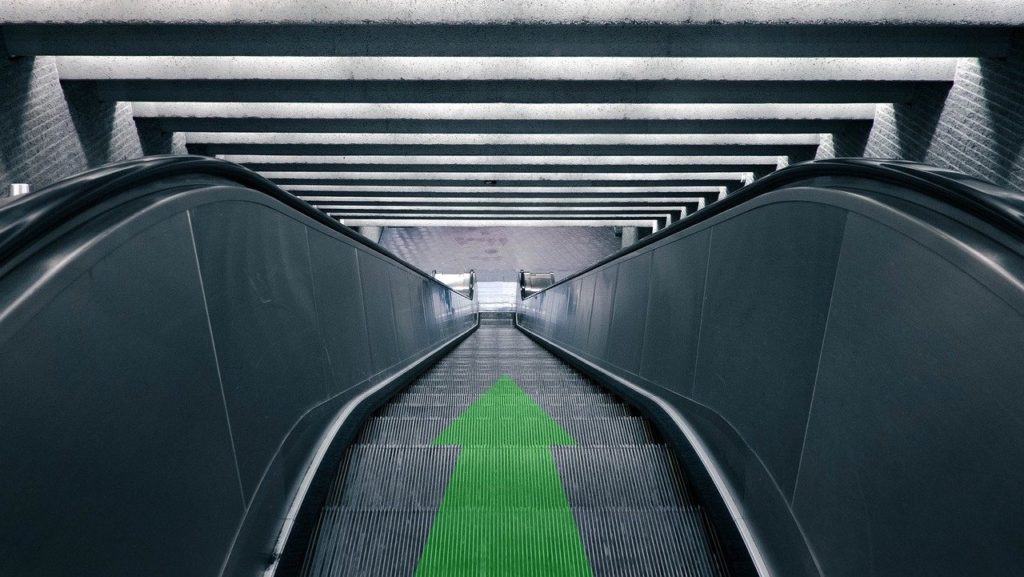Artificially Low Interest Rates? So what?
The Federal Reserve has held interest rates artificially low for decades. Even after pushing rates to zero in the wake of the 2008 financial crisis, “normalization” only managed to raise rates to 2.5% — hardly “normal.” The central bank began cutting rates in 2019, even before the coronavirus pandemic.
But what difference does it make? Why do artificially low interest rates matter? Peter Schiff explains in this clip from his podcast.
In the first place, artificially low interest rates screw up the way the economy allocates resources and production.
The interest rate is the price of money. Prices send signals in an economy. Think of them as street signs. In a free economy, low interest rates would come about through an abundance of savings.
And if you have a lot of savings, what does that mean?
That means that people are not consuming today. Their time preference for consumption is in the future. And so the signal that sends to the economy is, hey, you don’t need to produce a lot of stuff for today because Americans are saving. They’re not spending a lot of money. So, you can invest in these long-term projects that aren’t going to pay off for years and years and years. And so then you end up investing in those types of projects that don’t have immediate returns because you got these low interest rates that are sending the signal that Americans don’t need the money right now. They’re going to save and they’re going to spend the money in the future.”
But in today’s economy, that’s not why interest rates are low. The only reason interest rates are at zero is because the Fed is artificially suppressing them.
…click on the above link to read the rest of the article…
